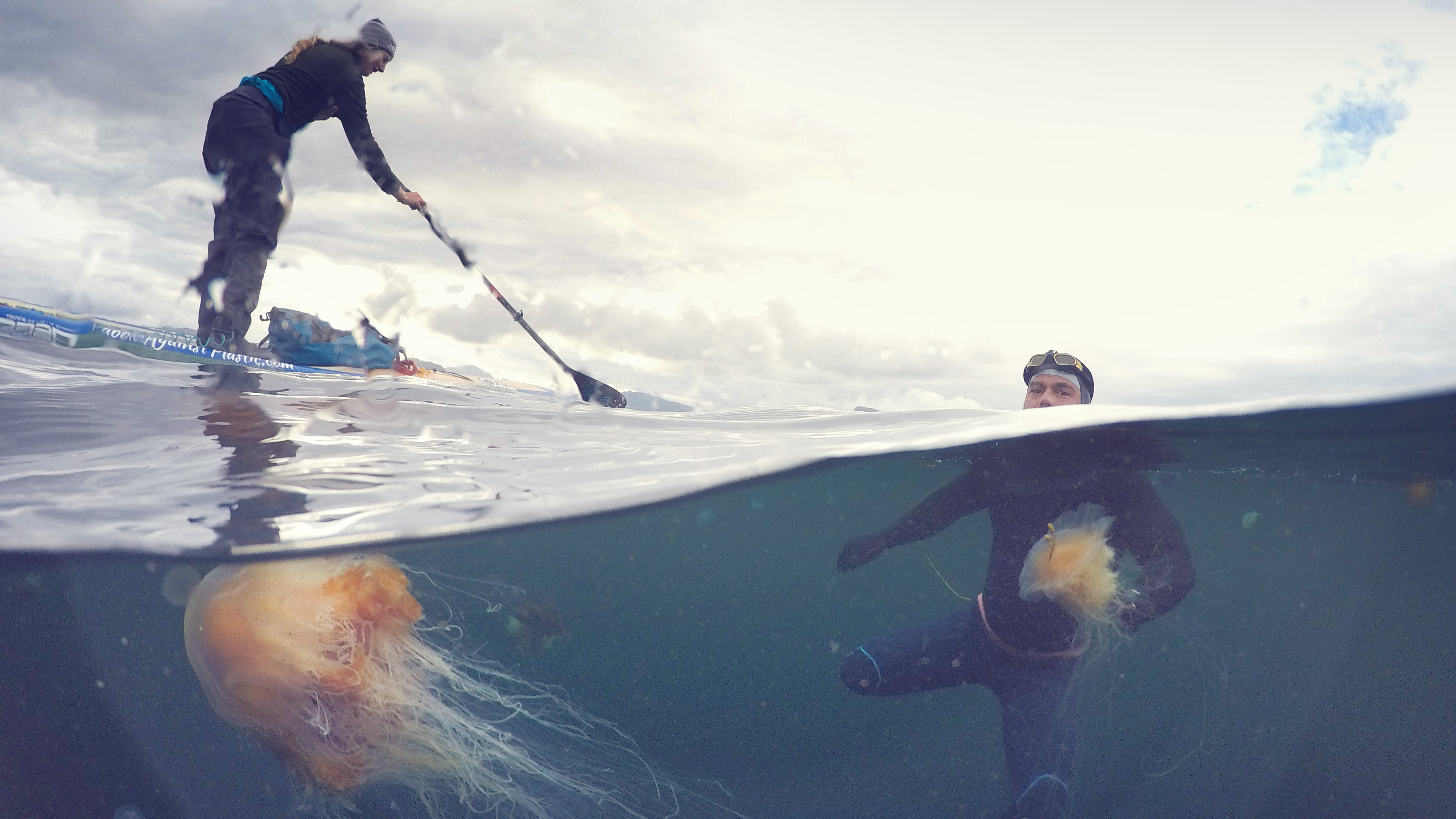How to warm up after a cold day on the trails or in the mountains
Tips for staying warm following a hike – and what to avoid
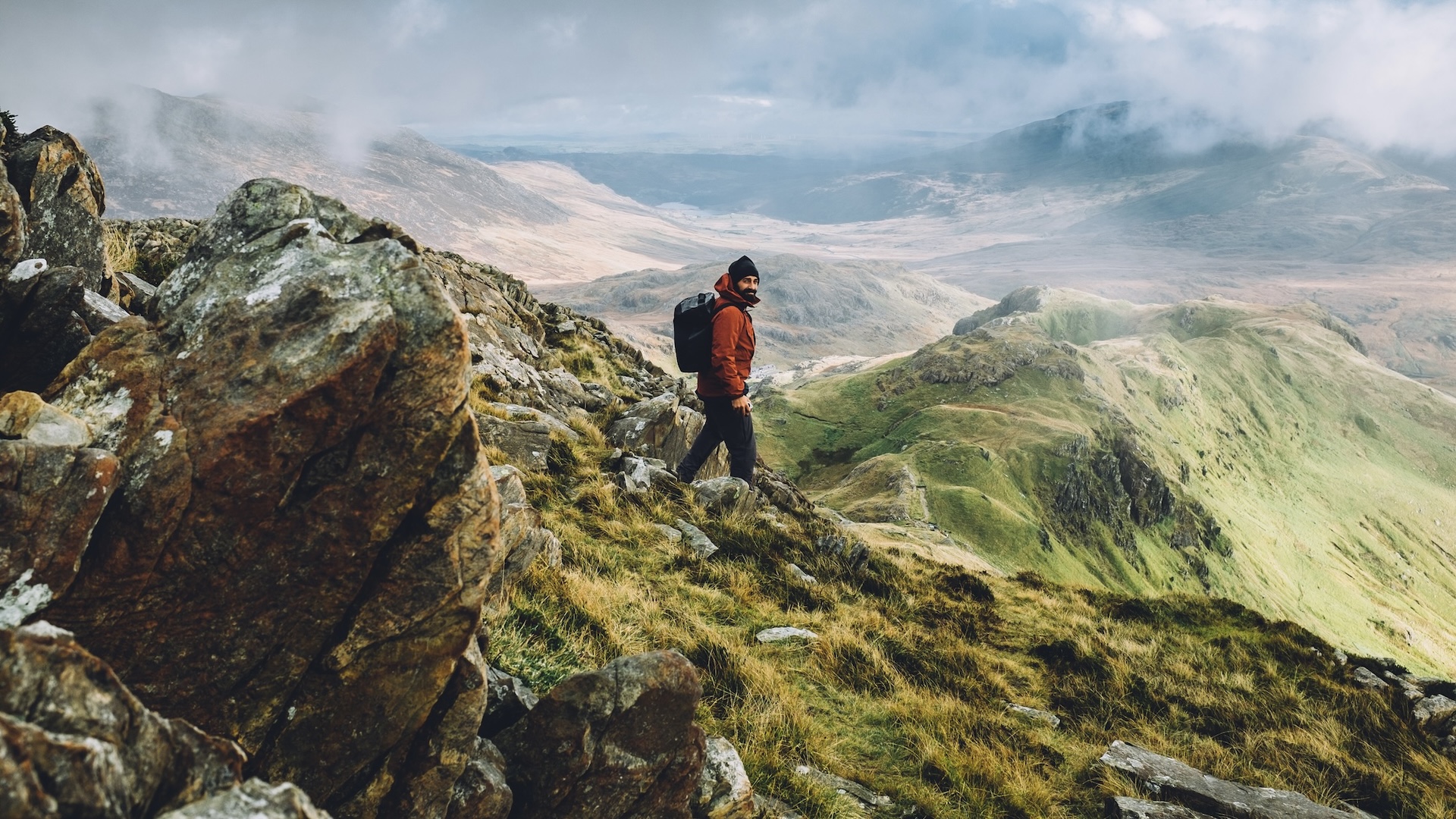
As fall settles in and winter approaches, temperatures will of course start to dip. This is the time of year when hikers will be thinking about how to be prepared for colder days on the trails and in the mountains. But it’s also worth planning for how you will warm up after a cold day of adventuring.
We reveals some expert tips for staying warm following a hike.
1 Keep your core temperature up
If you get cold during a hike, it will be more difficult to warm up afterwards. Your aim should be to ensure you have enough clothing – especially layers – so that you remain comfortably warm, rather than on the verge of being cold when hiking.
A windproof or waterproof jacket will also help to keep the worst of the cold away. Make sure you maintain warmth in your hands with good quality hiking gloves and wear hiking boots and socks.
The goal is to avoid a drop in your body temperature by getting cold or wet during a hike.
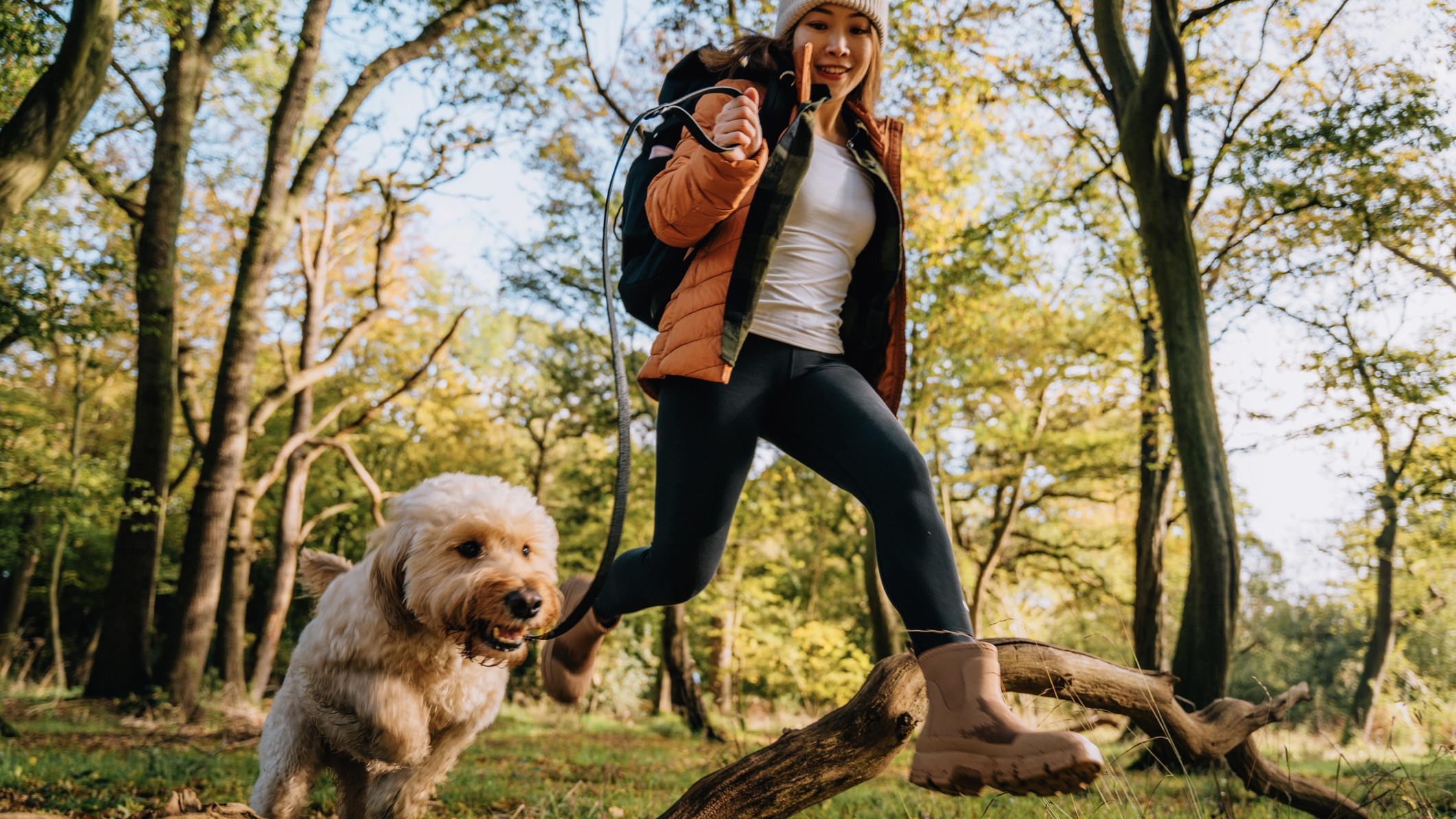
2 Get changed quickly
As soon as you return from a hike on the trails or in the mountains, make sure you get changed into dry and warm clothing. Damp clothing, especially base layers will quickly turn cold and that will push down your body temperature.
Have dry clothes at the ready in your vehicle or spare items in your rucksack and make it a priority to change into them.
Advnture Newsletter
All the latest inspiration, tips and guides to help you plan your next Advnture!
3 If you're wearing a sports bra, take it off asap
A sports bra might seem like a small item to bother with, but a sports bra that has become damp, whether because of sweat or rain, will end up making you cold after a hike. Be sure to remove the damp sports bra and put on a dry layer.
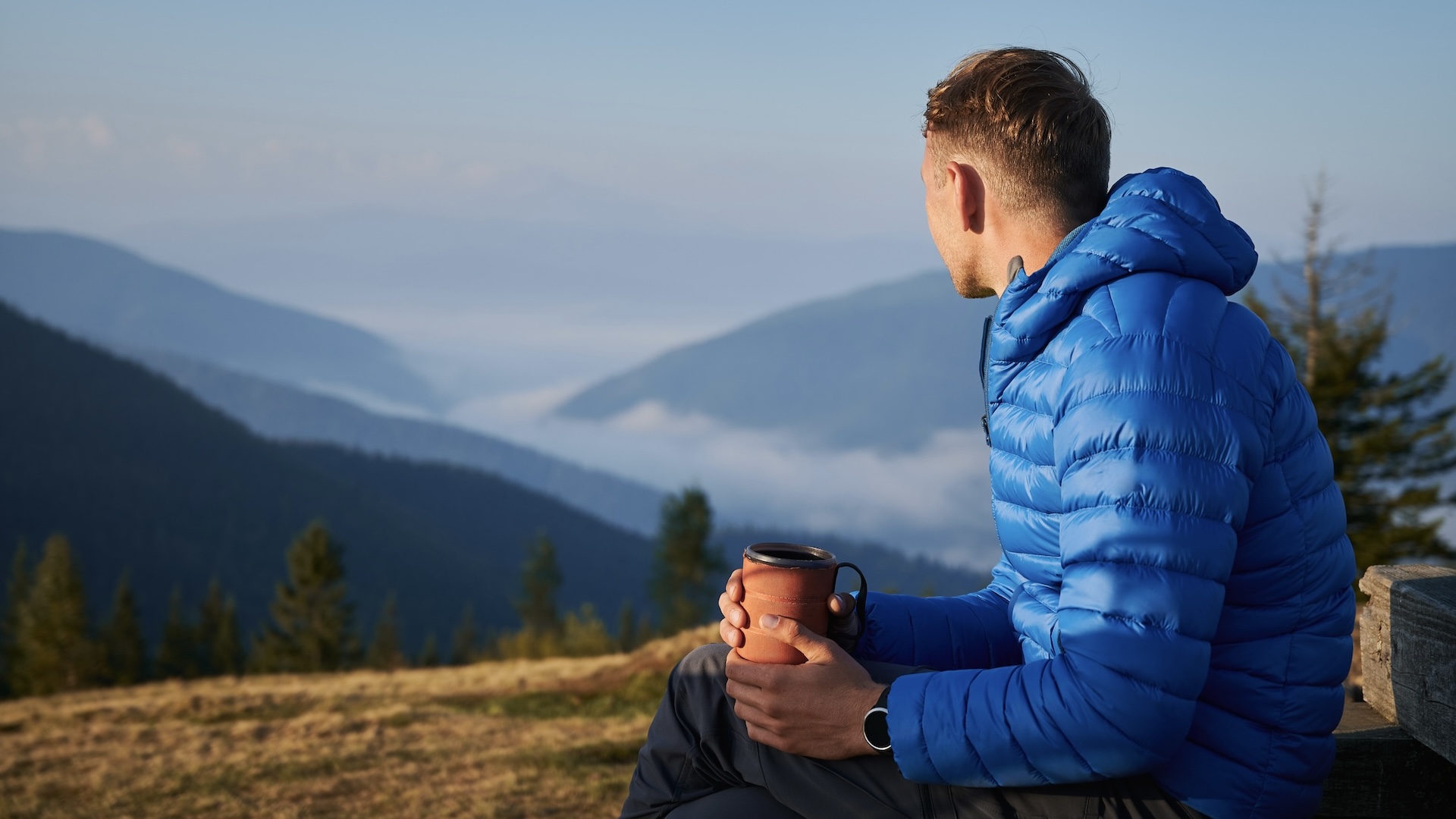
4 Don’t forget the puffer jacket
A warming outer layer, such as a puffer jacket, synthetic or down, or a dry robe, will help to warm you up after a cold day of hiking. Insulated or fleecy outer layers are ideal for trapping heat in the fibres and providing an insulator for your body as your core temperature drops.
5 Cold hands can be an issue
Even if you felt warm while hiking, as soon as you stop your core body temperature will naturally drop. This often leads to cold hands and feet especially if you suffer with Raynaud’s syndrome.
Make sure you have good quality mittens ready for your hands, or a pair of heated gloves.

6 A hot drink
It’s a good idea to keep a flask of hot tea or coffee, or even soup, in your vehicle for after a cold day of hiking.
Some research suggests that the human abdomen contains temperature receptors. Therefore, drinking a hot beverage such as tea may affect your body’s response to temperature. The same could be true of a hot meal, such as soup.
One study found that consuming hot water at 126°F (52°C) can reduce shivering for 10 minutes, which may be beneficial when - or after – exercising in cold conditions.
7 Fresh ginger
There is evidence to show that one way to warm you up on a cold day is to consume fresh ginger. Ginger is known to be good for digestive health and it has been suggested as a way stimulate thermogenesis. Hot ginger tea is said to be one of the best ways to use the product for increasing body warmth.
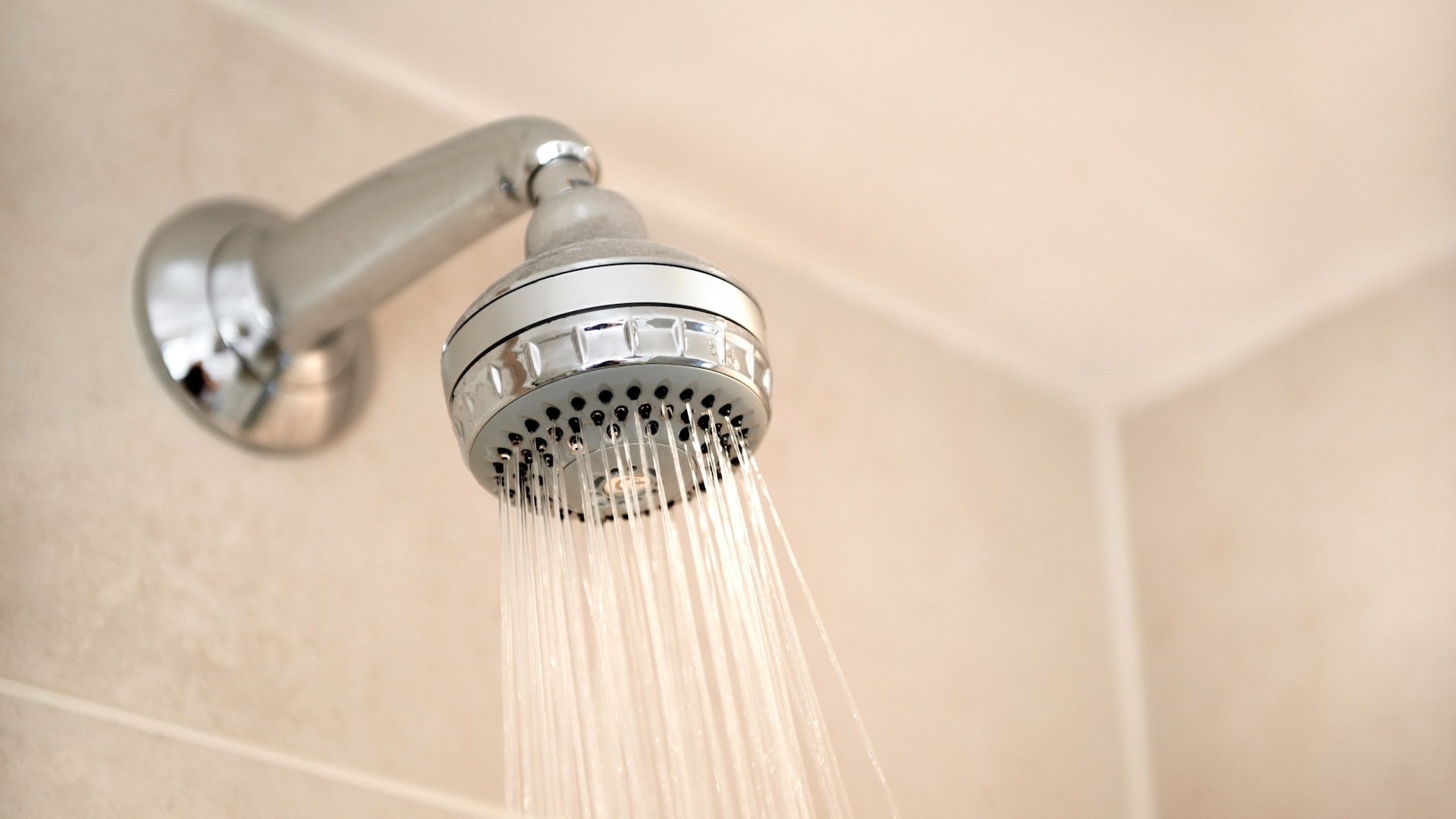
8 A hot water bottle
If you have access to a hot water bottle, this can be an excellent way to warm up after a day of cold hiking. The warmth quickly permeates around the body, especially if you tuck the hot water bottle under an insulated jacket.
9 A warming shower or bath
If all else fails another great way to heat you up after a cold day on the trails is to take a warming shower or bath. Be careful if you have numbed fingers or toes because warming these up too quickly – for example, by placing your feet in hot water or near a heater – can lead to chilblains.
Take you time to enjoy a warm shower or bath and then wrap up in warmed towels afterwards.
Now, where do you plan to go hiking this fall and winter?

Fiona Russell is a widely published adventure journalist and blogger, better known as Fiona Outdoors. She is based in Scotland and is an all-round outdoors enthusiast with favorite activities including trail running, mountain walking, mountain biking, road cycling, triathlon and skiing (both downhill and backcountry). Aside from her own adventures, Fiona's biggest aim is to inspire others to enjoy getting outside and exploring, especially through her writing. She is also rarely seen without a running skort! Find out more at Fiona Outdoors.
